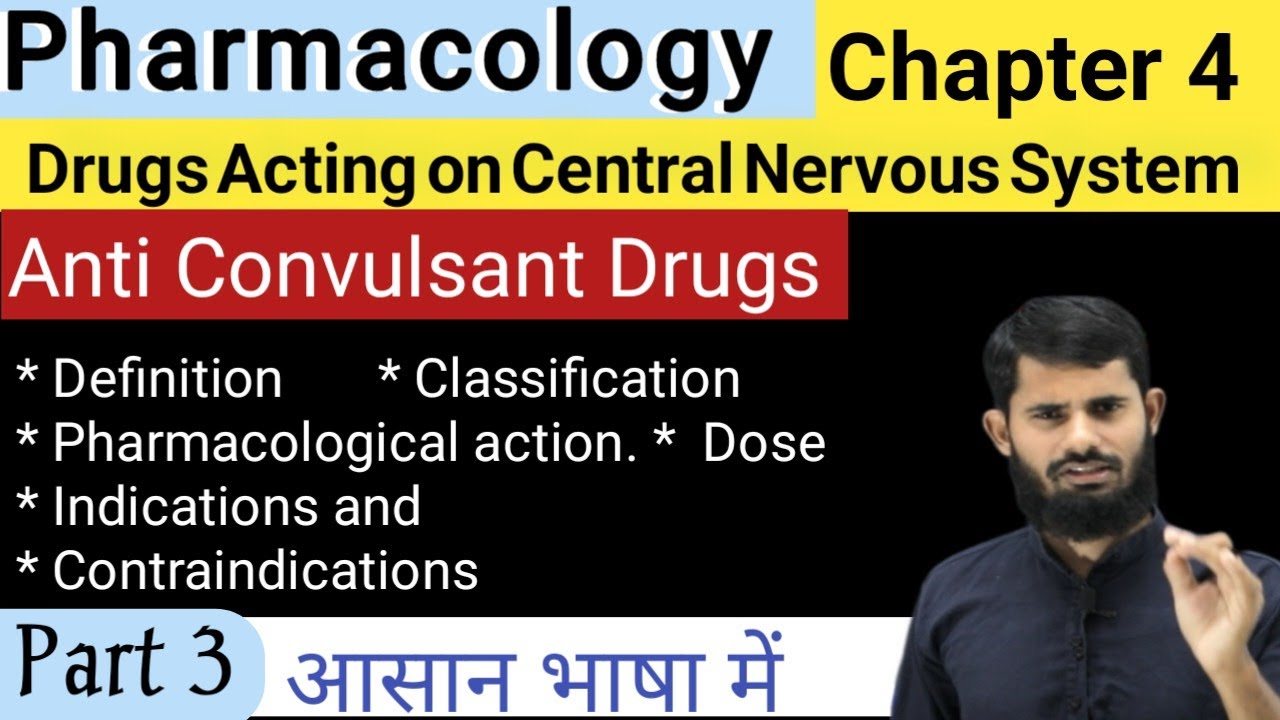Understanding Partial Seizures (Epilepsy #3)
Summary
TLDRThe video explains partial seizures, which involve electrical discharges in a limited area of the brain. It distinguishes between simple and complex partial seizures, highlighting the effects based on which brain region is affected. The frontal, temporal, parietal, and occipital lobes are discussed, along with how seizures in each area manifest, such as uncontrolled muscle movements, visual hallucinations, and memory loss. The temporal lobe is most prone to seizures, leading to complex behaviors and memory gaps. The video emphasizes the importance of understanding different types of seizures and seeking medical advice if needed.
Takeaways
- ⚡ Partial seizures involve electrical discharges in a limited area of the brain and come in various forms.
- 🧠 The impact of a partial seizure depends on whether it is a simple or complex seizure and where it occurs in the brain.
- 👤 Different parts of the brain control different functions, with seizures affecting these functions based on location.
- 💪 A seizure in the motor strip of the frontal lobe leads to uncontrolled muscle movements or twitching.
- 👣 Seizures spreading along the motor strip may cause twitching that moves through different body parts.
- ⚡ Seizures in the skin sensation area can cause tingling, but tingling is usually not caused by seizures.
- 👁️ Occipital lobe seizures can lead to visual disturbances, such as flashing lights or hallucinations.
- 🎥 Temporal lobe seizures are the most common in adults and affect memory, emotions, and automatic behaviors.
- 🤖 Complex partial seizures may cause repetitive, automatic behaviors, confusion, or a temporary memory gap.
- 💡 Awareness, memory, and consciousness during a seizure help distinguish between simple and complex partial seizures.
Q & A
What is a partial seizure?
-A partial seizure involves an electrical discharge in a limited area of the brain, affecting specific functions depending on where in the brain it occurs.
How do simple and complex partial seizures differ?
-In simple partial seizures, awareness, memory, and consciousness are preserved, while in complex partial seizures, one or more of these aspects are impaired.
What part of the brain is responsible for muscle movement, and how does a seizure in this area affect the body?
-The motor strip in the frontal lobe controls muscle movement. A seizure here can cause uncontrolled twitching or movements in the affected part of the body, which can spread along the motor strip, affecting various body parts.
What might happen during a seizure in the occipital lobe?
-A seizure in the occipital lobe, which is responsible for vision, can cause flashing lights, shimmering lines, or visual hallucinations.
Why is the temporal lobe prone to seizures, and what functions does it control?
-The temporal lobe is prone to seizures because it controls complex activities like memory formation, emotional states, and retrieval of memories. Seizures here often result in memory loss, confusion, and robot-like automatic behaviors.
What are some common behaviors observed during a complex partial seizure?
-During a complex partial seizure, individuals may repeat the same actions or phrases in a loop, fumble their hands, smack their lips, or grab onto objects. Others may freeze in place with little to no movement.
What is an automatism, and when does it occur during seizures?
-Automatism refers to automatic, repetitive actions like lip-smacking or hand movements, commonly observed during complex partial seizures when the person is unaware of their actions.
What part of the brain is associated with skin sensations, and how do seizures here affect the body?
-The area just behind the motor strip in the parietal lobe is responsible for skin sensations. A seizure here can cause tingling in the affected body part, but most tingling sensations in the skin are not due to seizures.
What happens to memory after a complex partial seizure?
-After a complex partial seizure, individuals often don't remember what happened during the seizure, although memory gradually returns, except for the gap during the seizure.
What should someone do if they or a loved one experiences seizures?
-It’s important to see a physician if you or someone close to you is experiencing seizures to receive a proper diagnosis and treatment.
Outlines

Dieser Bereich ist nur für Premium-Benutzer verfügbar. Bitte führen Sie ein Upgrade durch, um auf diesen Abschnitt zuzugreifen.
Upgrade durchführenMindmap

Dieser Bereich ist nur für Premium-Benutzer verfügbar. Bitte führen Sie ein Upgrade durch, um auf diesen Abschnitt zuzugreifen.
Upgrade durchführenKeywords

Dieser Bereich ist nur für Premium-Benutzer verfügbar. Bitte führen Sie ein Upgrade durch, um auf diesen Abschnitt zuzugreifen.
Upgrade durchführenHighlights

Dieser Bereich ist nur für Premium-Benutzer verfügbar. Bitte führen Sie ein Upgrade durch, um auf diesen Abschnitt zuzugreifen.
Upgrade durchführenTranscripts

Dieser Bereich ist nur für Premium-Benutzer verfügbar. Bitte führen Sie ein Upgrade durch, um auf diesen Abschnitt zuzugreifen.
Upgrade durchführenWeitere ähnliche Videos ansehen

Anti Convulsant Drugs || Pharmacology Anti Convulsant Drugs | #Anticonvulsant_Drugs

EPILEPSIA (Clasificación, Síntomas y Diagnóstico)

Qual a Diferença Entre Desmaio, Convulsão e Epilepsia

Pharmacology - Antiepileptic Drugs, Animation

Seizures in Dogs - Causes, Diagnosis and Treatment | Southeast Veterinary Neurology

Epilepsia: entenda o que acontece no seu cérebro durante crises epilépticas
5.0 / 5 (0 votes)
